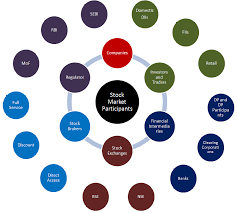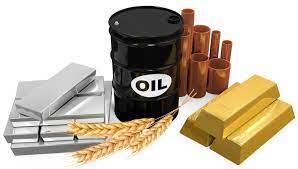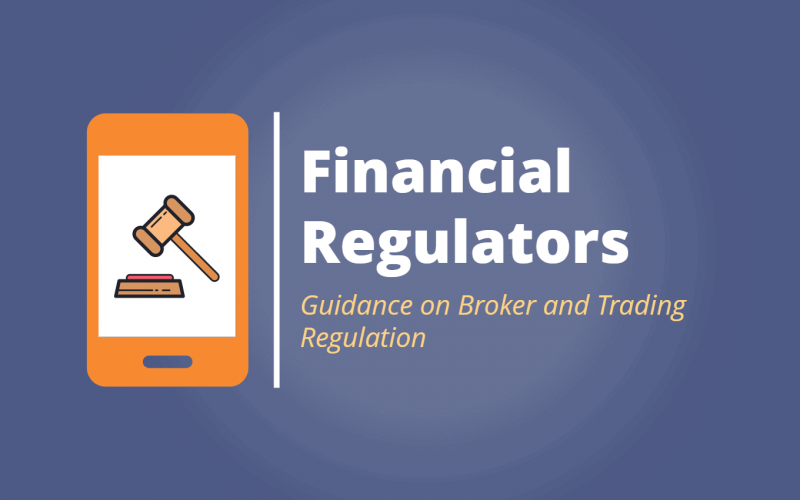29
Sep
Banks and financial markets involve a variety of market participants who play different roles in the functioning of these markets. Here are some key market participants and their roles: Banks: Banks are financial institutions that provide a wide range of services in the financial markets. They serve as intermediaries, facilitating the flow of funds between borrowers and lenders. Banks offer services such as deposit-taking, lending, underwriting securities, asset management, and advisory services. They also participate in trading activities, including buying and selling financial instruments on behalf of clients or for their own accounts. Investment Banks: Investment banks specialize in providing…









